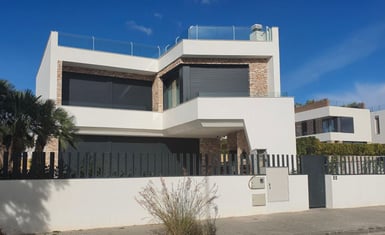The production of polyurethane rigid foam sandwich panels has become a fundamental tool for high performance building systems.
Read moreSandwich panels are one of the most economical insulation solutions, with greater durability, shorter installation time, less need for maintenance and greater capacity for acoustic and thermal insulation. In addition, they can be adapted to all building needs and...
Read morePolyurethane rigid polyurethane systems have evolved to go far beyond their initial role in shower trays. Today, they are already an integral solution for a variety of applications. Constant innovation in polyurethane composite promises to continue to expand their...
Read moreThere are several alternatives for improving road markings. The most prominent is the use of acrylic resins for the manufacture of traffic paints. In addition, their excellent resistance to abrasion ensures the durability of road markings on roads, but also on fords,...
Read moreFor many years Synthesia has focused its activity on the manufacture of polyester polyol for the Polyurethane industry, developing polymers of great versatility and high performance for different final applications.
Read moreSynthesia's SynthePUR D-9762-Z-36 is an advanced solution for insulation by pouring in prefabricated houses, which improves energy efficiency and provides thermal and acoustic insulation to the building solution.
Read more






